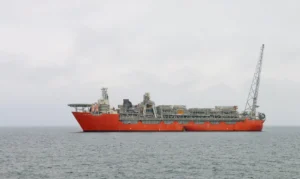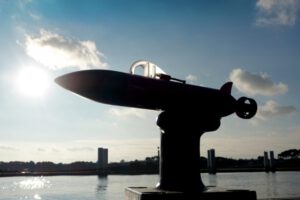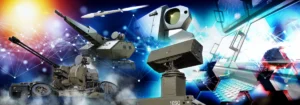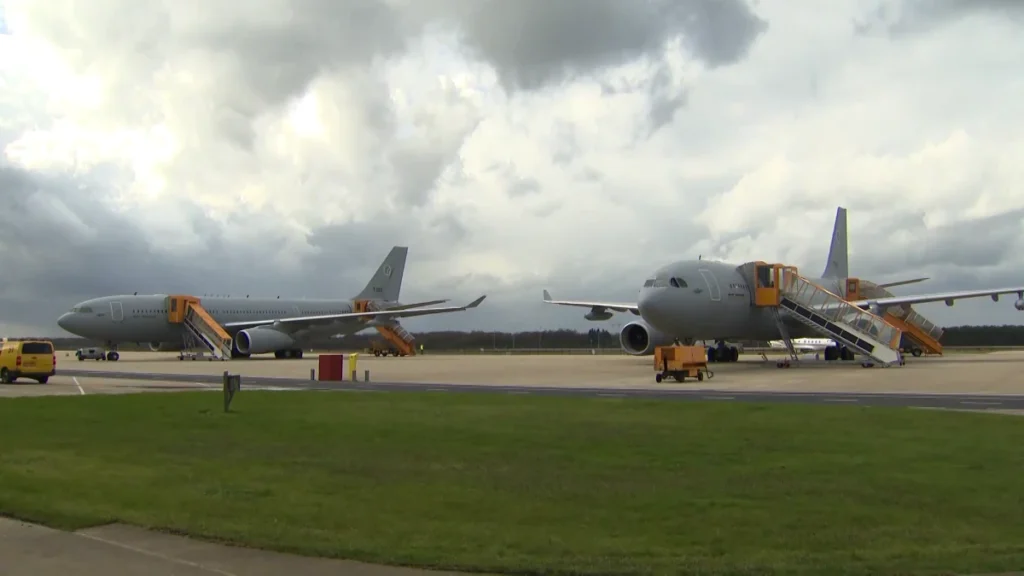
The MRTT Capability (MRTT-C) is a High Visibility Project establishing a multinationally owned and operated fleet of MRTT aircraft. Beyond the AAR core mission, the MRTT aircraft can also transport personnel and cargo, as well as conduct medical evacuation missions through a special configuration.
This multinational fleet arrangement is a cost-effective and flexible solution, reducing the European shortage in AAR capabilities and the reliance on U.S. capabilities. The aircraft in the MMF are owned by NATO, and managed by the NATO Support and Procurement Agency, with the support of the Organization for Joint Armament Cooperation. Overall, the project therefore constitutes a practical example of effective cooperation between NATO and the European Union in delivering critical capabilities.
Air-to-air tankers are vital in supporting NATO operations that require long range air missions. For these missions, the goal is to limit the time aircraft spend on the ground. MRTT allows aircraft to be refuelled mid-flight, extending mission time significantly.
It can be equipped with one or both refuelling standards, a probe-and-drogue system, and a boom. The set-up of these refuelling methods can be adapted to meet nations’ requirements.
NATO has a standardised valve system to ensure aircraft across the Alliance can be refuelled.
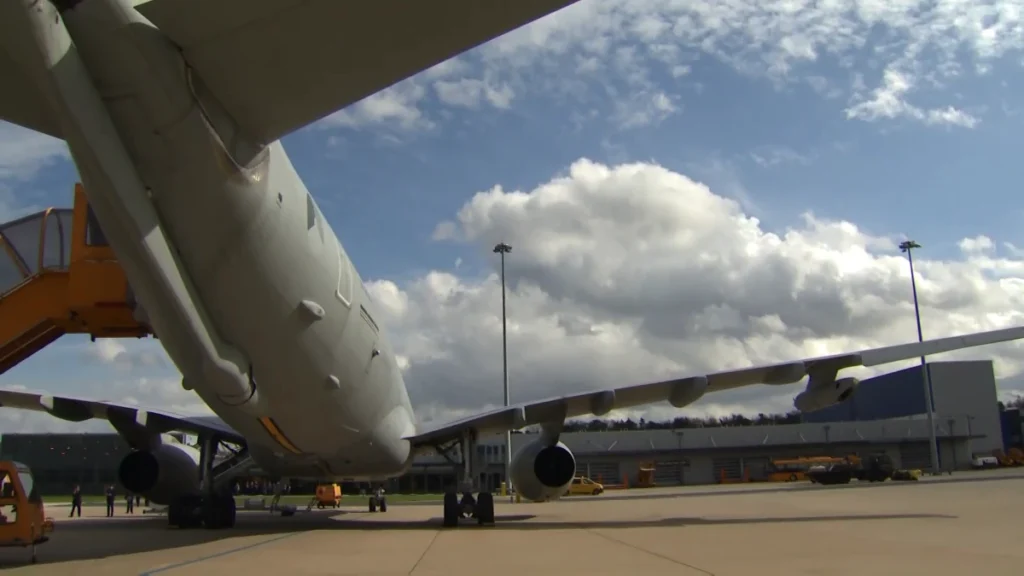
The probe-and-drogue system consists of fuel pods, located under the wings of the tanker, a retractable hose housed in the pods, and a centreline hose used for refuelling larger aircraft. The receiver must be equipped with a probe, usually located at the nose of the plane. When performing an AAR manoeuvre, the tanker extends the drogue-stabilized hose towards the receiver. Once the receiver inserts the probe into the tanker’s drogue, the valves open and fuel starts to flow.
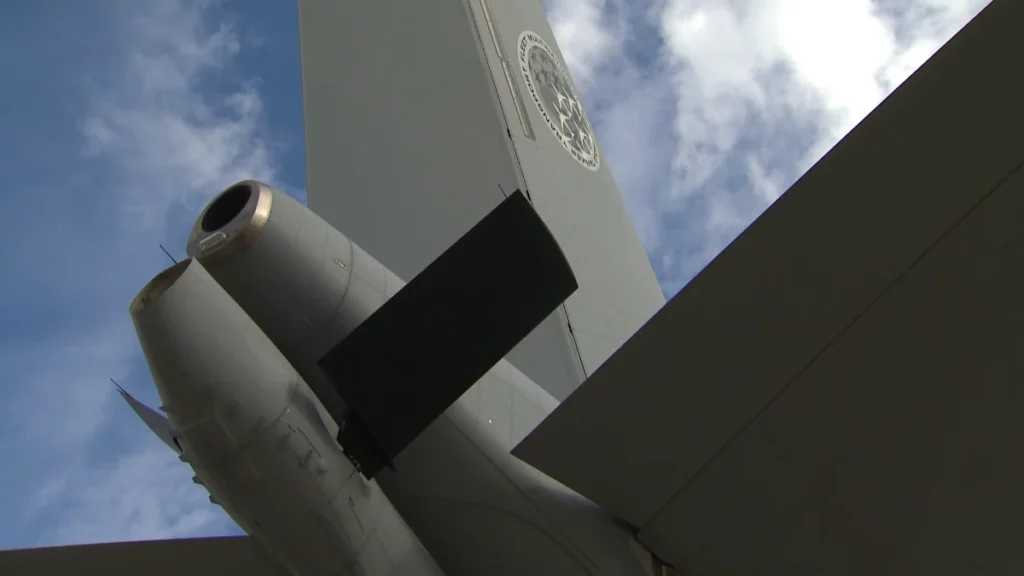
Tankers can be equipped with multipoint systems which allow for two aircraft to be refuelled simultaneously. Both helicopters and small aircraft can be easily equipped with a refuelling probe.
The probe-and-drogue system also allows refuelling by non-dedicated tanker aircraft
A popular example exists for naval carrier operations, when one tactical fighter can refuel another tactical fighter, through the so called buddy-buddy refuelling. This refuelling process, however, requires more adjustments by the pilot and is susceptible to bad weather. Automated AAR (A3R) systems are being developed to address these issues, as well as to allow Unmanned Aerial Systems (UAS) to conduct AAR.
In the boom system, the tanker is equipped with a flying boom, a rigid telescopic tube which is attached to the rear of the aircraft. The receiver is equipped with a refuelling receptacle usually located behind the cockpit. This is the simplest and safest position for the boom to be attached, and the fuel to be routed into the fuel tanks. Once the two parts properly connect, the fuel starts flowing through a rigid pipe inside the boom.
The greatest advantage of this system is its high-fuel flow rate. It is also less susceptible to adverse weather. However, the refuelling process requires a boom operator on the side of the tanker, and only one receiver can be fuelled at a time.
Information taken from NATO Factsheet

